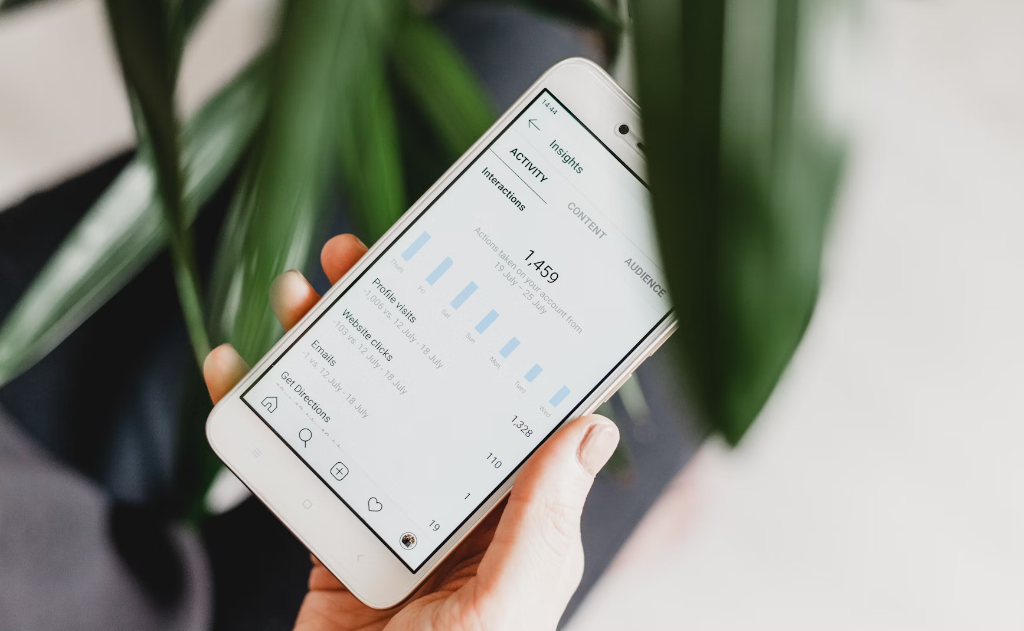Marketing success is no longer just about paid ads. Earned media—organic exposure from influencer marketing, social shares, and customer reviews—has become a powerful way to build brand awareness. But how can brands measure the value of this organic reach?
The answer is Earned Media Value (EMV). It helps brands quantify the impact of unpaid media by assigning a dollar value to engagement, mentions, and shares. This guide will explain EMV, how to calculate it, and why it matters for influencer marketing.
Want to calculate earned media value? Learn how brands measure EMV to track influencer marketing impact and maximize campaign success.

What Is Earned Media Value (EMV)?
Earned Media Value (EMV) is a metric that estimates the financial worth of organic brand exposure. This includes:
- Influencer posts and mentions
- Customer-generated content (UGC)
- Press coverage and blog mentions
- Social media shares, likes, and comments
Unlike paid media, where brands directly pay for exposure, earned media comes from word-of-mouth, influencer advocacy, and organic brand interactions.
Most importantly, EMV helps brands compare earned exposure to paid advertising costs, making it easier to track the return on investment (ROI) of influencer campaigns.
Why Does Earned Media Value Matter?
Brands spend billions on influencer marketing, but how do they know if it’s working? EMV provides:
- A Clear ROI Measure – Shows whether influencer partnerships generate value.
- Campaign Performance Insights – Helps brands understand which content performs best.
- Better Budget Allocation – Assists in deciding whether to increase influencer marketing spend.
- Competitive Benchmarking – Brands can compare their EMV with industry competitors.
Therefore, tracking EMV ensures that influencer marketing efforts align with business goals.
How to Calculate Earned Media Value (EMV)
There isn’t a universal formula for EMV. However, most brands use a standard calculation method based on paid media costs:
EMV = Engagements * Cost Per Engagement
This method assigns a monetary value to likes, shares, comments, and other interactions.
Step-by-Step Guide to Calculating EMV
Step 1: Track Engagement Metrics
The first step is to collect engagement data from influencer content. These include:
Likes
Comments
Shares
Clicks
Video views
For example, if an influencer’s post gets:
- 5,000 likes
- 1,200 comments
- 800 shares
Total engagement = 7,000 interactions.
Step 2: Assign a Cost Per Engagement (CPE) Value
Next, determine how much paid media platforms charge for the same engagement. CPE rates vary, but here are some averages:
Instagram = $0.15–$0.30 per engagement
TikTok = $0.10–$0.25 per engagement
Twitter = $0.05–$0.15 per engagement
Assume the brand’s average CPE on Instagram is $0.20.
Step 3: Calculate the EMV
Now, multiply the total engagement by the CPE rate:
EMV= 7,000 * 0.20 = $1,400
This means the influencer’s organic engagement generated $1,400 worth of earned media exposure.
Other EMV Calculation Methods
Although the engagement-based method is common, some brands use alternative approaches:
- Advertising Value Equivalency (AVE)
This method compares influencer media exposure to traditional paid ads.
Formula:
EMV= Estimated Ad Cost * Influencer Engagement Rate
For example, if a magazine ad costs $5,000 and influencer engagement is 50% higher, the EMV could be $7,500.
- Impressions-Based Calculation
Some brands calculate EMV based on impressions (total views).
Formula:
EMV = Impressions * Cost Per Thousand Impressions (CPM)
For example, if a campaign gets 500,000 impressions and the CPM rate is $5, the EMV would be $2,500.
Best Practices for Measuring EMV Accurately
To ensure accurate EMV calculations, brands should follow these best practices:
Use Industry-Specific Benchmarks
EMV varies across industries. Luxury brands may have a higher EMV per engagement than tech brands. Therefore, brands should compare EMV within their industry.
Measure Multiple Metrics
Don’t rely only on likes or comments. Consider shares, saves, and conversions to get a complete EMV picture.

Track Long-Term Impact
Some earned media exposure drives long-term brand awareness. Therefore, brands should track EMV over time, not just immediately after a campaign.
Validate with Sales Data
Although EMV measures media value, brands should compare it with actual sales to see if influencer campaigns drive revenue.
Limitations of Earned Media Value
Although EMV is useful, it has limitations:
- Not Always 100% Accurate – Different brands use different formulas, making industry-wide comparisons difficult.
- Doesn’t Measure Direct Conversions – EMV shows exposure value but doesn’t guarantee sales.
- CPE and CPM Rates Vary – Paid media costs change over time, affecting EMV calculations.
Therefore, brands should use EMV alongside other performance metrics like sales, traffic, and conversion rates.
Takeaway
Earned Media Value (EMV) helps brands quantify the impact of influencer marketing. By calculating engagement value, companies can measure ROI, optimize campaigns, and make better marketing decisions.
At Aktivate, we help brands track EMV and connect with authentic African influencers who deliver real results. Want to maximize your influencer marketing impact?
Book a demo session with Aktivate today and take your brand to the next level!




